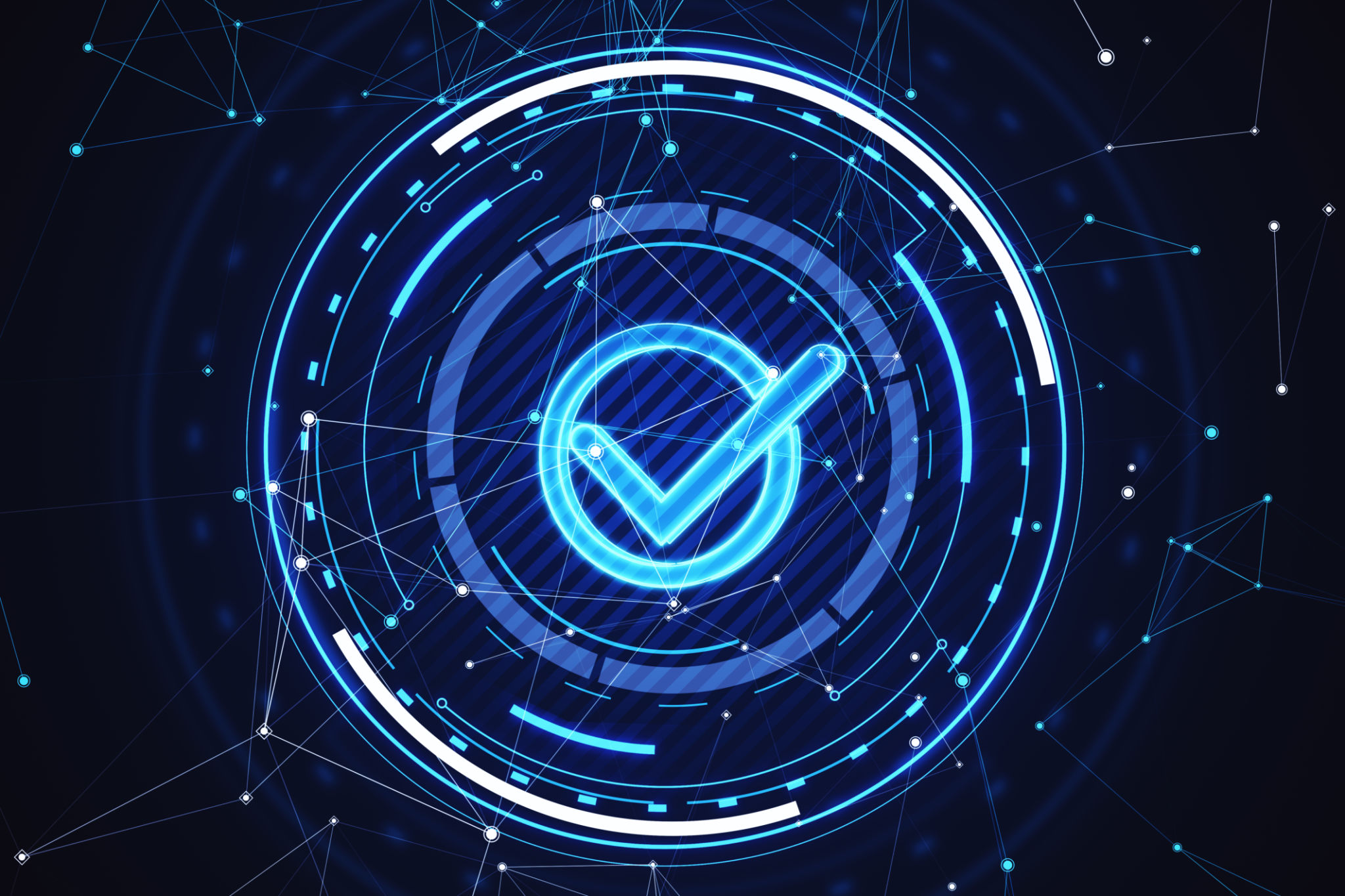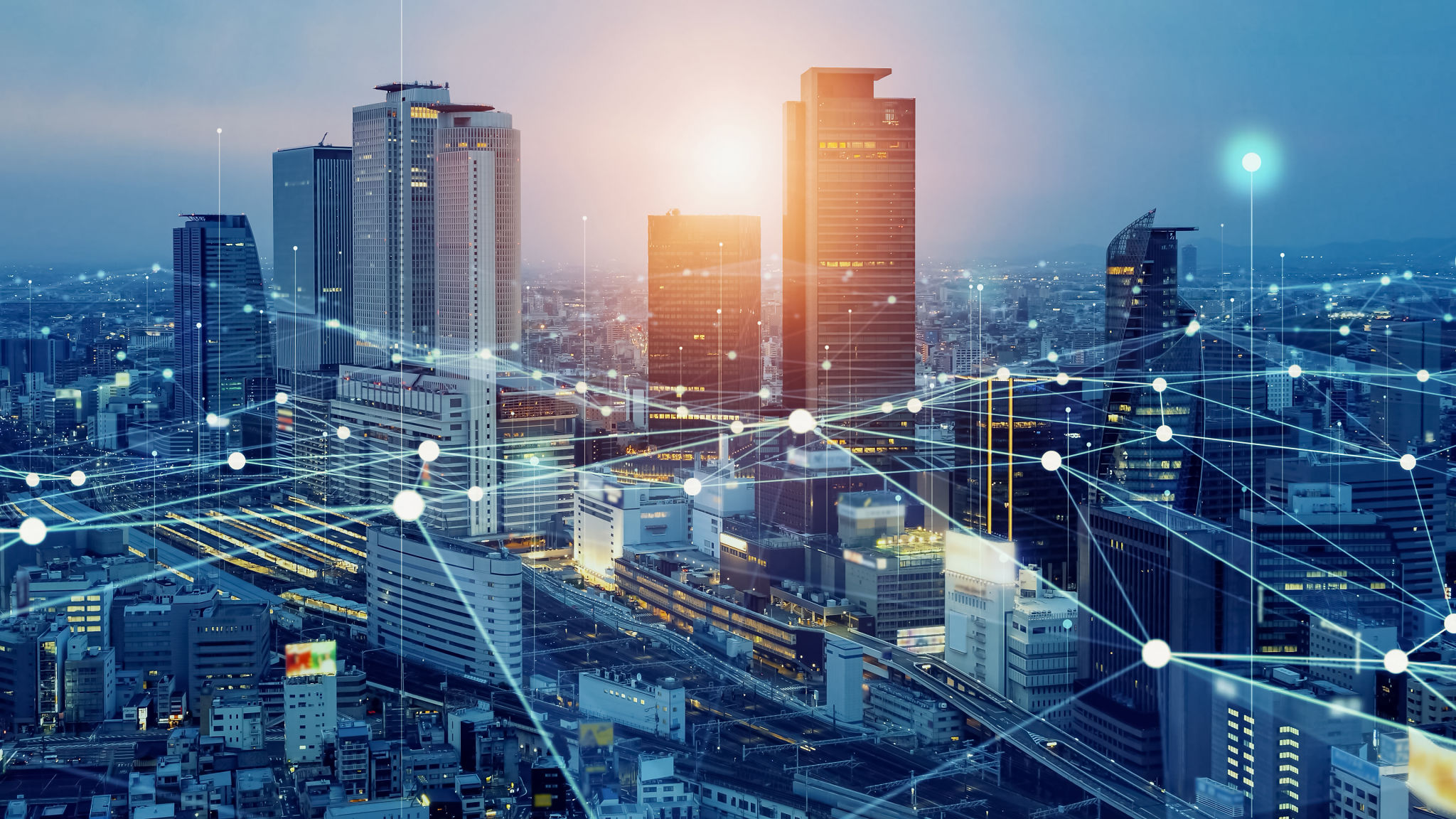Myths and Facts About AI in Building Safety
Understanding AI in Building Safety
Artificial Intelligence (AI) is revolutionizing various industries, and building safety is no exception. However, with its increasing integration, several myths have surfaced. It's essential to differentiate between what's fact and fiction to leverage AI effectively in ensuring building safety.
Myth: AI Replaces Human Expertise
A common misconception is that AI will replace human workers entirely. In reality, AI serves as a valuable tool that enhances human capabilities rather than replacing them. It aids experts by analyzing vast amounts of data quickly and providing insights that might take much longer for humans to derive.

For instance, AI systems can monitor building sensors in real-time, identifying potential hazards before they become critical. This allows human safety officers to focus more on strategic planning and decision-making rather than routine monitoring tasks.
Fact: AI Improves Emergency Response
AI technologies significantly enhance emergency response times and strategies. By using predictive analytics, AI can anticipate safety issues before they arise, allowing for proactive measures. Additionally, AI-driven systems can guide evacuation plans by analyzing the safest and most efficient routes.
During an emergency, AI can process data from surveillance cameras and sensors to provide real-time updates to first responders. This information is crucial in ensuring that the appropriate actions are taken promptly, potentially saving lives.

Myth: AI Systems Are Too Expensive
Another myth is that implementing AI in building safety is prohibitively expensive. While initial costs can be substantial, the long-term benefits and savings often outweigh the upfront investment. AI systems can reduce the risk of accidents, lower insurance premiums, and minimize property damage costs.
Consider the cost of preventing a major safety incident versus the expense of dealing with its aftermath. In this context, AI becomes a cost-effective solution over time.
Fact: AI Enhances Data Accuracy
AI's ability to process and analyze large datasets leads to more accurate predictions and assessments. This accuracy is crucial in building safety, where precise data can prevent potential hazards. With machine learning algorithms, AI systems continually improve their accuracy by learning from new data inputs.

This constant improvement means that building safety measures become more refined and reliable over time, offering better protection for occupants.
Myth: AI Is Too Complex for Everyday Use
Many believe that AI systems are too complex for regular use by non-technical staff. However, modern AI solutions are designed with user-friendliness in mind. Interfaces are increasingly intuitive, allowing building managers and safety personnel to interact with AI without needing extensive technical knowledge.
Training programs and user manuals further simplify the adoption process, ensuring that teams can leverage AI effectively in their safety protocols.
Conclusion
Understanding the myths and facts about AI in building safety enables businesses and organizations to make informed decisions about integrating these technologies. By dispelling misconceptions and recognizing the true value of AI, we can enhance building safety measures significantly.

